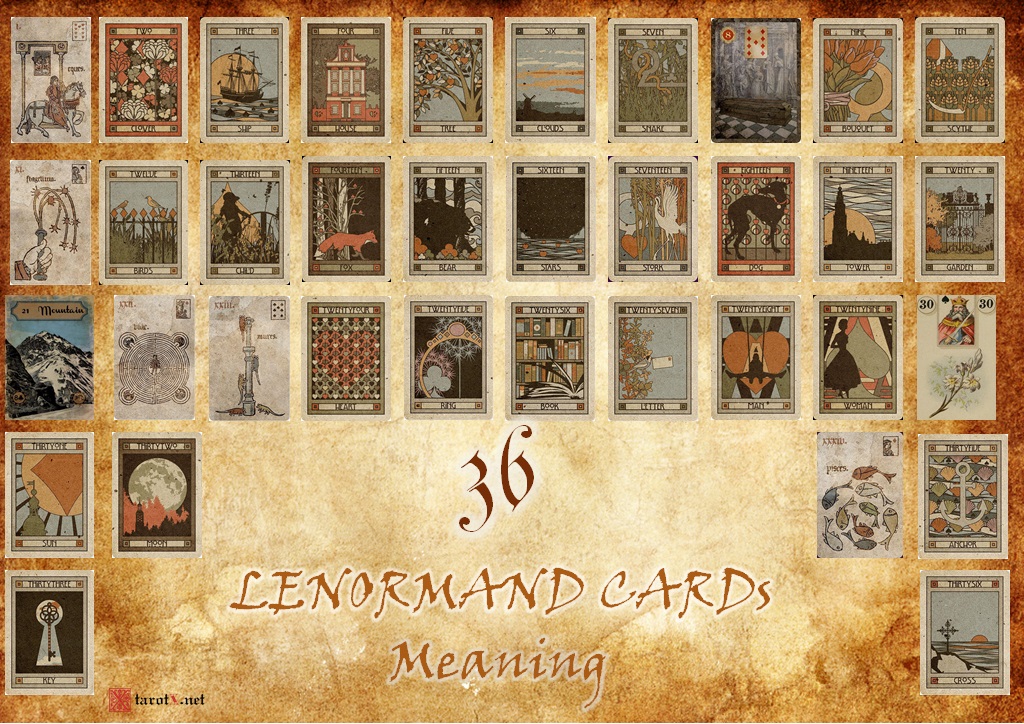
The pseudoscientific practice known as fortune telling by reading palms is very popular. It is also known as chiromancy. Although palm reading has its cultural differences there are no major differences. The principles are the identical. It is a way to look at a person's life line and determine their fortune.
Lifeline
A palm life line is often a good indicator of your future. A lifeline that runs close to your thumb can indicate a lack of energy. On the other hand, a longer, straighter lifeline will mean you have lots of energy. If your life line is shaped like a semicircle, you are likely to be enthusiastic and energetic. Conversely, if it is short and shallow, you will be cautious about how you interact with others. A broken or circular life line indicates that you are open to manipulation.
It could be that you aren't having enough energy to reach your goals. In this case, you may want to consider working on your skills to gain a higher level of happiness. Your head line is the area between your thumbs and index fingers that extends to the opposite side of your palm. This line is indicative of intelligence, mental strength, and intuition. Your head line determines how independent you are, and whether you have strong spiritual instincts.

Fame line
When reading palms, pay particular attention to Fame. This line descends vertically from below the pinky. It gives more detail about the person. A large line indicates great creativity and success, while a thin line indicates low achievements.
People's fate can often be indicated by their fate lines, which can either be straight- or arch-shaped. It may also look like a garden path. Straight fate lines are more likely to lead you to success in your career. On the other side, a curved or twisted fateline indicates problems or challenges in your daily life.
Fate line
The fate line is one of the most important lines in palmistry. This line runs along the middle and crosses over two prominent horizontal axes. The fate lines determine one's destiny, career, success, as well as timing. Reading the palms for this line can help us to better understand ourselves and our destiny.
Each person's fate line will be different. It can start at the wrist, end at the headline, or be continuous. Sometimes, the fate lines cross the mounts or heart line. If it does, it is a sign of a successful business relationship. A person with a short line indicates that they will find love at an early age, and someone with a long line may attract money.

Square hand
People who have logical and practical tendencies are best characterized by a square-shaped hand. This hand type is known to value order, religion, and rules. These people are known for being outgoing, friendly, and practical. They are often successful and make wise business decisions. But, people who value fame or popularity may not prefer a square-shaped hand.
A square hand has a medium-sized palm and fingernails that are not as long as those with an oblong hand. This hand is expressive, artistic, and intuitive. This hand can be sensitive or overly assertive.
FAQ
Why do we need hobbies
Hobbies play an integral part in our lives. It allows us to unwind and recharge, think creatively, exercise, socialize, have fun, and allow us to enjoy life. You can also learn new skills and develop lifelong interests.
Hobbies allow us to find meaning in our lives.
They can be a great way of spending time without having to do anything else.
They are also very entertaining!
You probably don’t have enough time to pursue hobbies.
Look at all the options. If you don't have a hobby yet, then maybe you should start one today!
What are some great hobbies ideas?
Hobby Ideas For People Who Love to Teach and Learn.
Hobbies can be a great way to have fun and learn something new.
While there are many types of hobbies available, most share the same characteristics. These hobbies are often enjoyable and require minimal effort.
They often involve helping others, such as teaching an instrument to someone or building an airplane model.
You may not think of yourself as a teacher but there might be something you could do in order to help someone else learn.
So if you want to be more creative in your life, consider starting a hobby where you can use your skills to help others.
What are the chances of making money with my hobby?
You can have many hobbies that lead to extra income.
You might consider selling items that are related to your hobby if you are passionate about it.
A website might be a good idea if your hobby is collecting stamps.
You can also make extra income by selling and buying stamps.
Another option is to create a YouTube Channel where you can talk about your hobby.
This allows one to share their passion with others, potentially generating additional revenue through the offering of premium content.
Statistics
- Much of this decline reflects the fact that teens are less likely to work today than in the past; among employed teens, the amount of time spent working is not much different now than it was around 2005. (pewresearch.org)
- This 100% accurate personality-analyzing hobby quiz discovers your passion based on your characteristics. (quizexpo.com)
- Studies show that just six minutes of reading can reduce stress levels by 60 percent. (oberlo.com)
- The Role of the Mind in Sex, Dating, and Love: Men in the “humor” condition received phone numbers from 42.9% of the female participants and were refused 57.1% of the time. (time.com)
- The intensity of the dialogue partners' bond at the end of the forty-five-minute vulnerability interaction was rated as closer than the closest relationship in the lives of 30 percent of similar students. (time.com)
External Links
How To
How to start gardening
Gardening is one of the oldest forms of agriculture. You need patience, perseverance, and determination. You must choose a suitable location to start your garden. It could be large land, or just your backyard. Next, select the kind of plants that are most appealing to you. Do you prefer flowers or vegetables? Some people enjoy growing herbs and others prefer raising livestock like rabbits. Before you decide which crops you will plant, consider the amount of space you have. You might consider growing berries or fruits if you live in a cold climate.
After choosing what you want to plant you need to prepare your soil. It is vital that your soil is prepared properly to determine whether or not your plants will thrive. The soil should be rich in organic matter to provide nutrients for your plants' roots. Organic matter includes things like leaves, twigs, grass clippings, manure, and compost. After you have prepared the soil, you will need to add nutrients. The type of plant you intend to grow will dictate the amount of nutrients you need. An online fertilizer calculator can help you calculate these values. Many fertilizers are on offer, so make sure that you know which one you are buying.
After you have prepared your soil, and added the correct nutrients, you will need to wait until your seed germinates. This process usually takes anywhere from 2 weeks to 3 months, depending on the weather and the temperature in your area. Once the seeds have sprouted you will need to water them often. Overwatering your plants can lead to problems. Make sure to give your plants water at regular times and not overwater. Overwatering could lead to root rot as well as fungal diseases. When watering your plants, remember that most plants require less water during the warm summer months than in winter. Also, remember that certain plants need to dry out after watered. For tomatoes, it is important to keep them moist but dry. Soggy soil is not a good choice for tomatoes. After plants finish flowering, they need to go dormant. The time when plants stop producing new life and store energy for the next season is called dormancy. Dormancy is when the plant stops sending signals back to its roots for food production. Throughout this period, the plant stores energy. If temperatures fall below freezing or the plants are not getting enough sunlight, they will die.
If you live in an urban environment, you may find yourself limited in the kinds of plants that you can grow. Concrete sidewalks, roads or parking lots can block sunlight from reaching urban areas. Concrete absorbs sunlight, which prevents the soil beneath from getting enough sun exposure. Because of this lack of sunlight, many plants cannot survive in cities. There are many plants that can survive in urban environments. Many trees, shrubs, and perennials can adapt to city living. Many annuals can also grow indoors in pots. You can grow fresh greenery year-round in containers.
You are now ready to plant your garden!